M27301
Methyl acrylate
99%, contains ≤100 ppm monomethyl ether hydroquinone as inhibitor
Synonyme(s) :
Methylacrylate
About This Item
Produits recommandés
Densité de vapeur
3 (vs air)
Niveau de qualité
Pression de vapeur
67.5 mmHg ( 20 °C)
Pureté
99%
Forme
liquid
Température d'inflammation spontanée
874 °F
Contient
≤100 ppm monomethyl ether hydroquinone as inhibitor
Limite d'explosivité
14.5 %
Indice de réfraction
n20/D 1.402 (lit.)
Point d'ébullition
80 °C (lit.)
Pf
−75 °C (lit.)
Densité
0.956 g/mL at 25 °C (lit.)
Température de stockage
2-8°C
Chaîne SMILES
COC(=O)C=C
InChI
1S/C4H6O2/c1-3-4(5)6-2/h3H,1H2,2H3
Clé InChI
BAPJBEWLBFYGME-UHFFFAOYSA-N
Vous recherchez des produits similaires ? Visite Guide de comparaison des produits
Description générale
Application
Mention d'avertissement
Danger
Mentions de danger
Conseils de prudence
Classification des risques
Acute Tox. 3 Inhalation - Acute Tox. 4 Dermal - Acute Tox. 4 Oral - Aquatic Chronic 3 - Eye Irrit. 2 - Flam. Liq. 2 - Skin Irrit. 2 - Skin Sens. 1 - STOT SE 3
Organes cibles
Respiratory system
Code de la classe de stockage
3 - Flammable liquids
Classe de danger pour l'eau (WGK)
WGK 2
Point d'éclair (°F)
27.0 °F - closed cup
Point d'éclair (°C)
-2.8 °C - closed cup
Équipement de protection individuelle
Eyeshields, Faceshields, Gloves, type ABEK (EN14387) respirator filter
Faites votre choix parmi les versions les plus récentes :
Déjà en possession de ce produit ?
Retrouvez la documentation relative aux produits que vous avez récemment achetés dans la Bibliothèque de documents.
Les clients ont également consulté
Articles
Our strategy is to synthesize mesoporous carbonaceous materials (“Starbons”) using mesoporous expanded starch as the precursor without the need for a templating agent.
RAFT (Reversible Addition Fragmentation chain Transfer) polymerization is a reversible deactivation radical polymerization (RDRP) and one of the more versatile methods for providing living characteristics to radical polymerization.
The Heck reaction is the palladium catalyzed cross-coupling reaction between alkenes and aryl or vinyl halides (or triflates) to afford substituted alkenes.
Notre équipe de scientifiques dispose d'une expérience dans tous les secteurs de la recherche, notamment en sciences de la vie, science des matériaux, synthèse chimique, chromatographie, analyse et dans de nombreux autres domaines..
Contacter notre Service technique


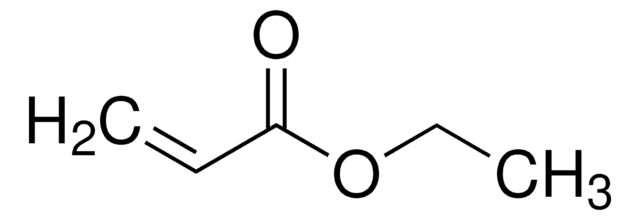

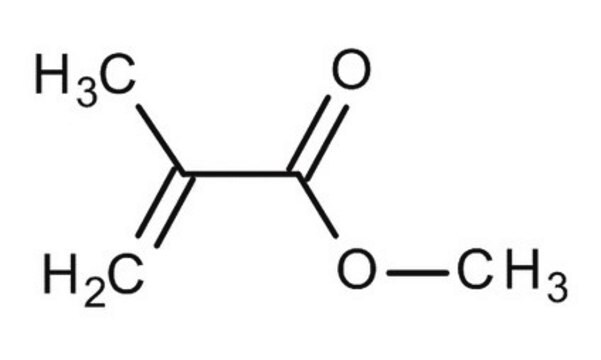
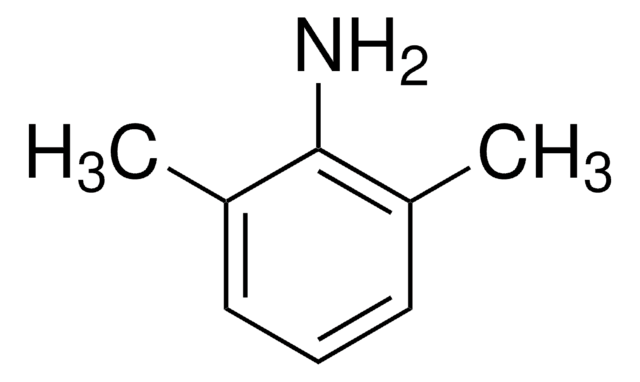
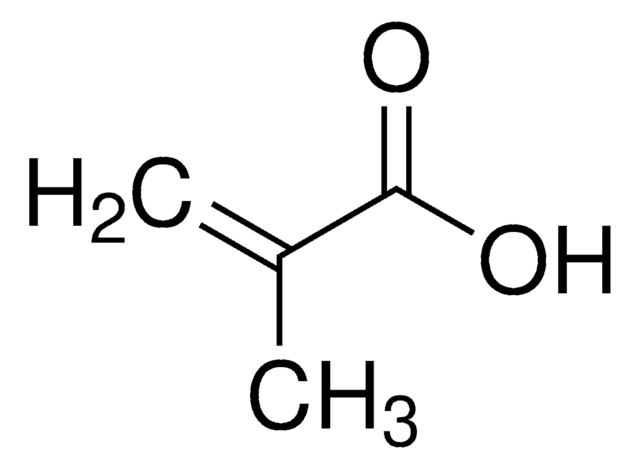



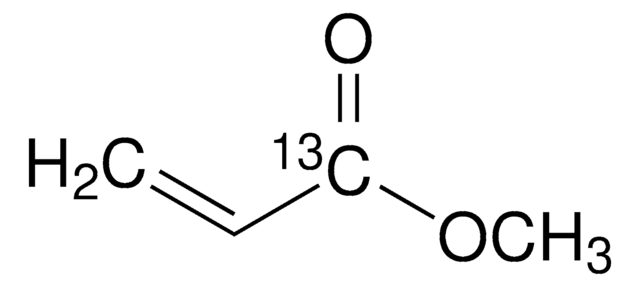

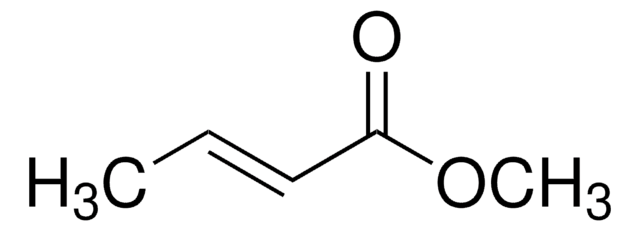

![Tris[2-(dimethylamino)ethyl]amine 97%](/deepweb/assets/sigmaaldrich/product/structures/695/792/ee0ff167-22a3-43a7-83a1-6c4908adf0ae/640/ee0ff167-22a3-43a7-83a1-6c4908adf0ae.png)